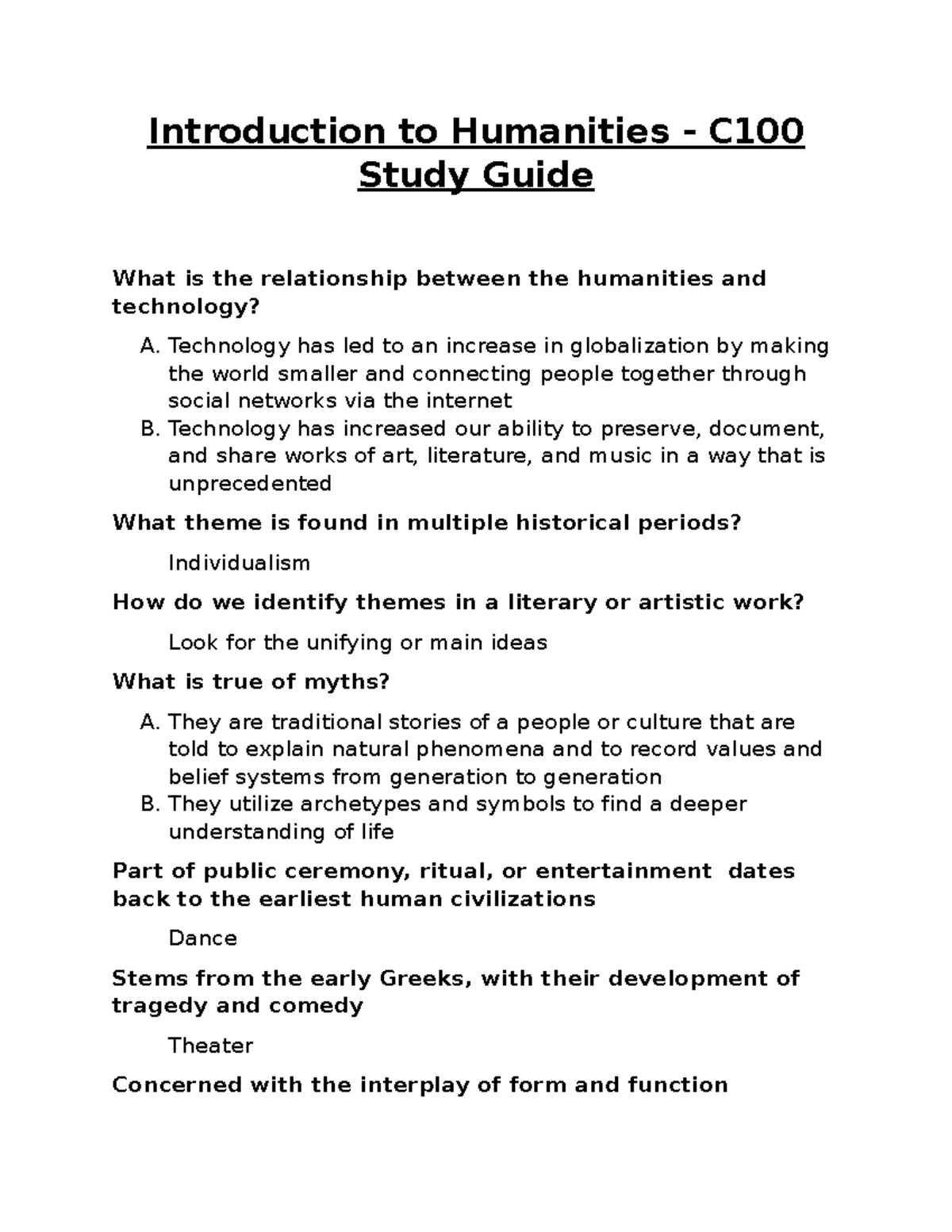Asian American women’s history represents a vital yet frequently overlooked aspect of the broader Asian American history narrative. From the shadows of early immigration to the forefront of cultural movements, the stories of these women are integral to understanding the historical forces that have shaped their communities. Exhibitions like the one at the Schlesinger Library are crucial for uncovering the archives that tell their stories, showcasing the resilience and contributions of Asian American women throughout history. By highlighting their experiences and cultural narratives, we begin to challenge the traditional perceptions of invisibility that often characterize these women’s stories. The exploration of these archives invites us to reflect on the significant roles Asian American women have played in the fabric of American society.
Delving into the experiences of Asian descent women in America reveals a tapestry of narratives that have long remained in the periphery of mainstream history. These women’s accounts not only embody personal journeys but also reflect broader societal changes and cultural evolution across generations. Through the lens of exhibitions like those curated by the Schlesinger Library, we uncover insights into the roles played by Asian women, whose voices and contributions have frequently been marginalized. As we revisit these women’s stories, we perceive how their lives intersect with pivotal moments in U.S. history, ultimately reshaping our understanding of contemporary American cultural landscapes. Acknowledging these diverse histories is essential in recognizing the complex, rich narrative woven by Asian American women.
The Significance of Asian American Women’s History
Asian American women’s history represents a crucial yet often overlooked segment of American history. For years, narratives surrounding these women have been pushed to the margins, with their contributions to society frequently erased from mainstream discussions. The recent exhibition at the Schlesinger Library aims to bring these stories to light, highlighting the significance of Asian American women’s roles throughout history and illustrating how cultural narratives have evolved.
This exhibition serves as a reminder that understanding the complexities of Asian American history requires recognizing the unique experiences of women within these communities. As the archive reveals, Asian American women have played pivotal roles in shaping social justice movements and advocating for their rights. Their stories matter, not only for comprehending the past but also for informing our present and future cultural discussions.
Uncovering Historical Erasure
Erasure has been a defining theme in the documentation of Asian American women’s history. As Victor Betts remarked, the stories of many women, such as those photographed at the 1904 St. Louis World’s Fair, have been marginalized. The context of their portrayal as ‘living exhibits’ raises questions about power dynamics and colonialism in historical narratives. By showcasing these artifacts, the exhibit prompts a deeper investigation into how and why these women have been historically neglected.
Such efforts to reclaim and spotlight these narratives reflect a broader conversation about representation and visibility in historical archives. It highlights the critical need for inclusive historiographical practices that acknowledge the contributions of all community members. This exhibition, therefore, is not just about presenting historical artifacts; it is also about challenging the status quo and advocating for a fuller, more nuanced understanding of Asian American experiences.
Collaborative Efforts in Historical Research
The collaboration between students, archivists, and scholars at the Schlesinger Library exemplifies an innovative approach to historical research. By engaging undergraduate students in the course “Asian American Women’s History in the Schlesinger Library,” the project not only fosters a new generation of historians but also encourages them to explore diverse perspectives within Asian American narratives. This kind of experiential learning creates a dynamic environment where students actively contribute to the uncovering of veiled histories.
Such collaborations are crucial for enriching our understanding of Asian American women’s roles, as seen in the meticulous research conducted by students like Sophia Wang, who explored legal cases that have shaped immigration policy. This hands-on approach not only revitalizes academic discourse but also empowers students to connect with their heritage and recognize the historical figures that laid the groundwork for contemporary rights movements.
The Role of Archives in Preserving Women’s Stories
Archives play a vital role in preserving the narratives of marginalized communities. At the Schlesinger Library, archivists are actively working to enhance collections specifically focused on Asian American women’s history. Through meticulous curation and research, they aim to ensure that these voices are not only heard but are celebrated in a manner that reflects their true impact on American culture and identity.
The exhibition’s use of various artifacts—from political posters to zines—demonstrates how archives can serve as a powerful means of storytelling. Each item represents a fragment of a larger narrative that has often gone unrecognized. By showcasing these materials alongside historical events, the Schlesinger Library underscores the interconnectedness of personal histories and broader societal trends that have shaped the Asian American experience.
Revisiting the Past Through Art
Art provides a unique lens through which to view and interpret the complexities of history. In the “Illuminate” exhibition, local artist Shaina Lu’s work is strategically placed among archival materials to create a dialogue between the past and present. The translucent illustrations not only brighten the gallery but also symbolize the illumination of narratives that have long been obscured. This artistic integration serves to enhance the viewer’s experience while fostering deeper contemplation about the societal roles of Asian American women.
Through this creative collaboration, the exhibit emphasizes that art can be a powerful vehicle for advocacy and remembrance. By incorporating visual elements into the historical narrative, the exhibition invites audiences to reflect on the resilience and influence of Asian American women throughout history. It challenges visitors to reconsider their perspectives on these stories and recognize the vital contributions of these women to the fabric of American society.
Cultural Narratives and the Impact of Immigration Policy
The narratives of Asian American women are deeply intertwined with the history of immigration policies in the United States. The experiences of women like Ah Fong, who fought for their rights in court, illustrate the profound effects of legislation on their lives and the broader community. Through cases like Chy Lung v. Freeman, these women not only challenged oppressive systems but also contributed to the evolution of immigration law, highlighting their roles as pioneers in both legal and social contexts.
Understanding these stories enriches the narrative of Asian American history, showcasing how immigration policies have shaped personal experiences and cultural identities. The exhibition at the Schlesinger Library offers a crucial opportunity to reflect upon these intersections and highlights the continued relevance of Asian American women’s contributions to social justice and advocacy within the context of immigration.
The Contemporary Relevance of Historical Stories
The narratives explored in exhibitions like “Illuminate” are not just relics of the past; they resonate with contemporary issues surrounding representation and identity politics. The recent resurgence of anti-Asian sentiment during the COVID-19 pandemic has underscored the necessity of understanding and documenting the experiences of Asian American women. By revisiting these histories, we can better contextualize current societal challenges and advocate for equitable treatment and recognition.
In this way, the past serves as a guide for present-day activism. To fully appreciate the struggles and triumphs of Asian American women is to honor their voices and continue their fight for justice. By promoting an understanding of their histories, we create a foundation for future advocacy and resilience within Asian American communities.
Engaging with Community History
Community history is integral to understanding the collective narratives that shape society. The “Illuminate” exhibition encourages viewers to engage with the local and national narratives of Asian American women, fostering a sense of belonging and shared history. By highlighting figures from the past, such as the women associated with the Denison House basketball team, the exhibition emphasizes the importance of recognizing community contributions that have often been overlooked.
Such engagement not only promotes cultural understanding but also reinforces the idea that history is a collective memory written by many voices. By learning about the pioneering efforts of Asian American women in various spheres—be it sports, activism, or arts—community members can draw inspiration from their legacies to shape a more inclusive present and future.
The Mission of the Schlesinger Library
The Schlesinger Library’s mission extends beyond mere archival preservation; it seeks to empower voices that have been silenced in historical narratives. As highlighted by the ongoing efforts to expand collections related to Asian American women, the library is dedicated to systematically addressing historical gaps. This commitment to inclusivity ensures that future generations will have access to a more comprehensive understanding of American history.
By focusing on the intersectionality of gender, race, and culture, the Schlesinger Library sets a precedent for how archives can function as platforms for justice. Through exhibitions like “Illuminate,” the library not only educates the public but also advocates for a more equitable representation in historical storytelling—reminding us all that every voice matters in the broader discourse of history.
Frequently Asked Questions
What is the significance of the Schlesinger Library in Asian American women’s history?
The Schlesinger Library plays a crucial role in Asian American women’s history by preserving and showcasing artifacts that highlight their contributions and stories. Its exhibition, ‘Illuminate: Contextualizing Asian American Women’s Stories Through the Archives,’ emphasizes the often invisible narratives of Asian American women and their historical significance.
How does the exhibition at the Schlesinger Library address the erasure in Asian American women’s history?
The exhibition at the Schlesinger Library confronts the erasure in Asian American women’s history by presenting untold stories and encouraging viewers to reconsider their assumptions about these women’s roles. Through engaging artifacts and collaborative research, the exhibition seeks to unveil the marginalized histories that have shaped American society.
What types of materials can be found in the Schlesinger Library related to Asian American women’s stories?
The Schlesinger Library houses a diverse collection of materials related to Asian American women’s stories, including photographs, political posters, comic books, zines, and personal archives. These artifacts span over 150 years and are contextualized within significant historical events affecting Asian American communities.
Why have Asian American women’s stories been marginalized in history?
Asian American women’s stories have often been marginalized due to systemic biases in historical documentation and cultural narratives. As highlighted in the Schlesinger Library’s exhibition, their contributions were frequently overlooked or recorded only as objects of curiosity, rather than recognized as impactful figures in their own right.
How does the Schlesinger Library collaborate with students to promote Asian American women’s history?
The Schlesinger Library collaborates with students through courses such as ‘Asian American Women’s History in the Schlesinger Library,’ offering hands-on research opportunities. This collaborative approach not only enhances the students’ understanding of Asian American women’s history but also contributes to the library’s ongoing efforts to document and preserve these vital narratives.
What stories of Asian American women have emerged from the Schlesinger Library archives?
Stories from the Schlesinger Library archives include that of Ah Fong, a Chinese woman who fought for her rights through legal action, showcasing the resilience and agency of Asian American women. Additionally, the collections feature accounts of women like Grace Zia Chu and Madhur Jaffrey, who narrate their own stories in contemporary contexts, highlighting the evolution of Asian American women’s voices.
How does the artwork in the Schlesinger Library exhibit enhance the understanding of Asian American women’s history?
The artwork in the Schlesinger Library exhibit, created by artist Shaina Lu, complements the archival materials by visually conveying the themes of justice and leadership within Asian American women’s history. The translucent illustrations symbolize the illumination of overlooked narratives and invite viewers to engage with the stories in a new light.
What impact does the exhibition ‘Illuminate’ aim to have on the perception of Asian American women’s roles in history?
The ‘Illuminate’ exhibition aims to reshape perceptions of Asian American women’s roles in history by highlighting their contributions and advocating for their recognition. By showcasing previously marginalized stories and artifacts, it encourages audiences to value Asian American history as an integral part of American history.
| Key Point | Details |
|---|---|
| Exhibition Title | Illuminate: Contextualizing Asian American Women’s Stories Through the Archives |
| Historical Context | Features artifacts spanning 150 years, focusing on the roles of Asian American women throughout history. |
| Objective | Encourages viewers to reconsider assumptions about Asian and Asian American women’s roles. |
| Co-Teaching Initiative | Developed through a collaborative undergraduate course co-taught by Victor Betts and Erika Lee. |
| Notable Figures | Includes stories of women like Ah Fong, highlighting the legal battles and contributions of Asian American women. |
| Art Integration | Artist Shaina Lu created translucent illustrations to enhance the visual storytelling of the exhibit. |
| Current Issues | Addresses the marginalization of Asian American women’s stories and the impact of recent events like the COVID-19 pandemic on their narratives. |
Summary
Asian American women’s history has often been overlooked, but recent exhibitions like “Illuminate: Contextualizing Asian American Women’s Stories Through the Archives” strive to highlight this crucial part of American history. This exhibit at the Schlesinger Library reveals a wealth of untold stories and challenges longstanding narratives that have marginalized Asian American women’s contributions. By showcasing a diverse range of artifacts and narratives, it not only pays tribute to historical figures but also prompts critical reflection on the importance of including these voices in the broader tapestry of American history.



